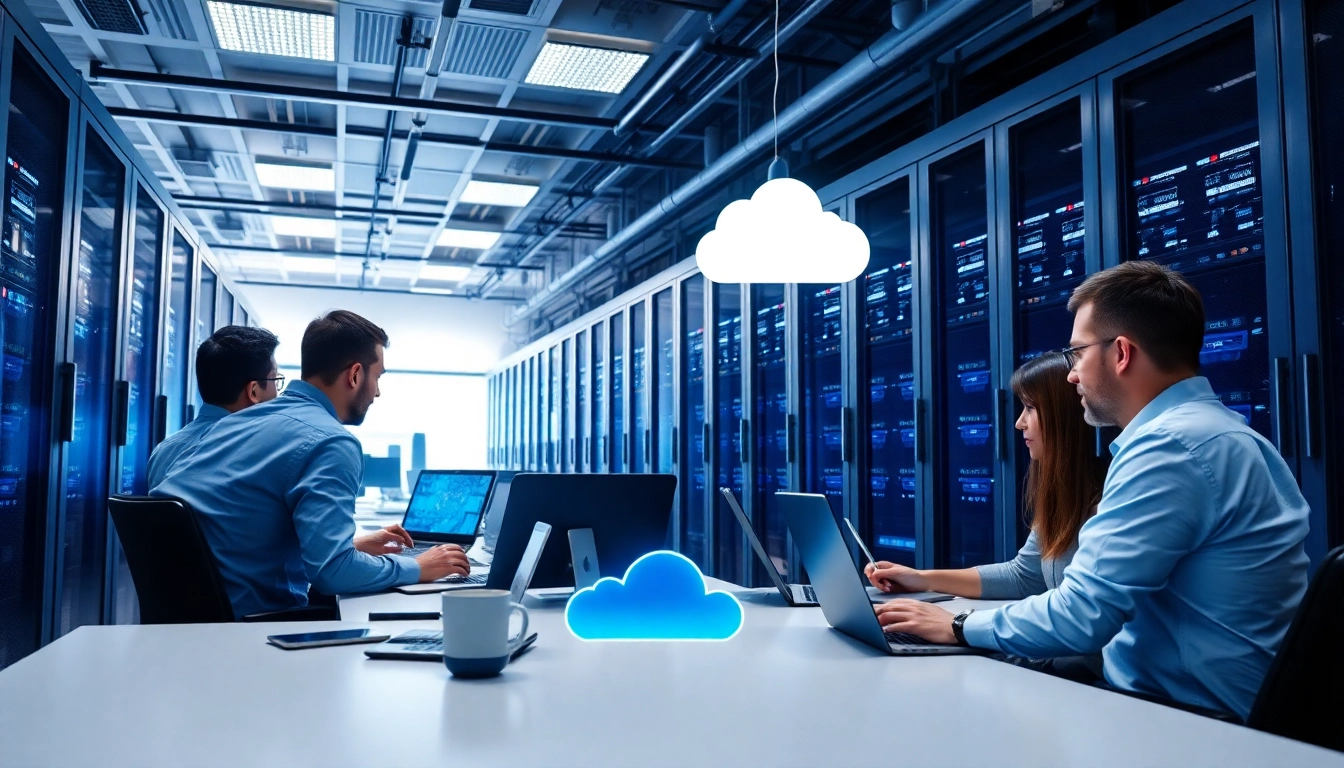Understanding the Basics of Gimbal Stabilizer Technology
What is a Gimbal Stabilizer?
A gimbal stabilizer is an essential tool for anyone looking to elevate their video production quality. It’s a device that uses motors and sensors to stabilize cameras during movement, eliminating shakiness and jitter in video recordings. This stabilization leads to smoother footage that can make videos appear more professional and polished. By keeping the camera level and steady even when the user is moving, gimbal stabilizers have become indispensable in the video-making process for filmmakers, vloggers, and content creators.
Types of Gimbal Stabilizer: A Comprehensive Overview
There are several types of gimbal stabilizers, each tailored for different devices and shooting needs:
- Handheld Gimbal Stabilizers: Designed for small cameras and smartphones, these are popular among vloggers and traveling filmmakers due to their portability.
- Tripod Gimbals: These are larger devices used with heavier cameras. They provide excellent control but are less portable.
- Drone Gimbals: Specifically made for drones, these gimbals stabilize aerial footage and are crucial for capturing stunning aerial shots.
- Smartphone Gimbals: Tailored for smartphone users, these gimbals often integrate features like follow modes and programmable movements, enhancing mobile filmmaking.
How Gimbal Stabilizer Works
A gimbal stabilizer typically operates using a system of three axes—pitch, yaw, and roll. Each axis corresponds to a specific movement:
- Pitch: Controls the forward and backward tilt, assisting in adjusting the vertical angle of the camera.
- Yaw: Adjusts the left and right pan, allowing for smooth side-to-side movement.
- Roll: Balances the camera to keep it level, preventing sideways tilt.
Modern gimbals employ brushless motors paired with sensors to detect movement in real-time. This technology effectively counters any unwanted shifts, offering a hovering effect that stabilizes the camera irrespective of the user’s movement or environmental factors.
Key Features to Look For in a Gimbal Stabilizer
3-Axis Stabilization Explained
The hallmark of any high-quality gimbal stabilizer is its 3-axis stabilization capability. This feature allows for compensation on all axes of movement, ensuring that regardless of how the operator moves—whether running, walking, or panning—the footage remains stable. Such systems are crucial for dynamic shooting scenarios where movement is involved.
Payload Capacity: Choosing the Right Gimbal Stabilizer
When selecting a gimbal stabilizer, understanding its payload capacity is critical. Each gimbal model is designed to support certain weight limits, which will determine what types of cameras and equipment you can effectively use with it. A gimbal with a higher payload capacity allows filmmakers to attach heavier cameras or additional accessories such as microphones and lights for more versatility in shooting.
Battery Life and Charging Options
Battery life plays a significant role in a gimbal’s usability, particularly during long shooting sessions. Look for gimbals with extended battery life that can last several hours without requiring a recharge. Many modern gimbals also offer various charging options, including USB-C connectivity, allowing filmmakers to recharge while on the go.
Comparing Gimbal Stabilizer Options on the Market
Entry-Level vs. Professional Gimbal Stabilizer
Entry-level gimbal stabilizers are perfect for beginners or casual users. They generally feature fewer advanced capabilities and lower payload capacities, making them more affordable. In contrast, professional-grade gimbals come with advanced features, higher payload limits, and superior build quality, suitable for serious filmmakers and content creators who require dependable performance under varied shooting conditions.
Affordable Gimbal Stabilizer Choices for Beginners
For those just starting in video production, numerous affordable gimbal stabilizers on the market do not compromise quality. These options often offer basic stabilization features and are lightweight, making them easy to handle. They are ideal for smartphone users or lightweight camera setups and allow new filmmakers to experiment with motion capture without significant financial investment.
Premium Gimbal Stabilizer Brands and Features
Premium gimbal stabilizers provide features that cater to professional filmmakers, such as advanced stabilization algorithms, integrated control systems, and customizable settings. These models frequently offer more robust materials and extended battery life, supporting extensive shoots while ensuring that filmmakers can push their creative boundaries.
Best Practices for Using a Gimbal Stabilizer
Essential Setup Tips for Optimal Performance
To achieve the best results from your gimbal stabilizer, follow these setup guidelines:
- Ensure that the camera is properly balanced on the gimbal prior to power-up; an unbalanced setup can lead to poor performance and instability.
- Utilize the gimbal’s calibration settings to adjust for any disturbances that may arise during use, maximizing stability.
- Familiarize yourself with the various modes available on the gimbal—such as follow mode or lock mode—to capture the desired shot more effectively.
Common Mistakes to Avoid with Gimbal Stabilizer
Understanding common pitfalls can enhance your experience using a gimbal stabilizer:
- Not calibrating the gimbal before a shoot can lead to uneven shots that may spoil the footage quality.
- Overloading the gimbal beyond its specified weight capacity can cause strain on the motors, leading to performance issues and reduced lifespan.
- Failing to use the gimbal in accordance with its designed operational procedures can result in suboptimal footage.
Advanced Techniques for Cinematic Shots
Mastering a gimbal stabilizer opens up a realm of creative shooting techniques. Advanced cinematographers might experiment with:
- 707 Pan Shot: This technique involves rotating the gimbal around its vertical axis to create immersive shots that engage the audience.
- Dolly Zoom: Combining the gimbal’s motion with a zoom lens creates a striking visual effect that shifts the viewer’s perspective.
- Walking Shots: Using the gimbal while walking helps maintain smooth motion, crucial for capturing storytelling elements during interviews or vlogs.
Measuring the Impact of Gimbal Stabilizer on Your Footage
Visual Quality: The Difference a Gimbal Stabilizer Makes
One of the most immediate benefits of using a gimbal stabilizer is the visual quality it brings to video footage. Stabilized shots enhance clarity and professionalism, removing distracting jitters that can detract from storytelling. The smoother movement allows viewers to focus on the subject of the video rather than the instability of the frame.
Analyzing Filmmaker Feedback on Gimbal Stabilizer Usage
Feedback from users often emphasizes a gimbal stabilizer’s role in enhancing the production value. Many filmmakers report significantly improved audience engagement and positive reactions when utilizing stabilized shots, underscoring how motion clarity influences viewer perceptions. Additionally, filmmakers appreciate the greater creative control and flexibility that a gimbal stabilizer provides, allowing for varied and dynamic shot composition.
How to Evaluate Your Own Filming Results
To measure the effectiveness of your gimbal stabilizer usage, consider reviewing your footage against a set of metrics:
- Assess the video for stability: Look for smooth transitions without interruption.
- Get feedback from peers or viewers about the visual quality and feel of the shots.
- Compare similar footage shot with and without a gimbal stabilizer to quantify improvements in quality.



